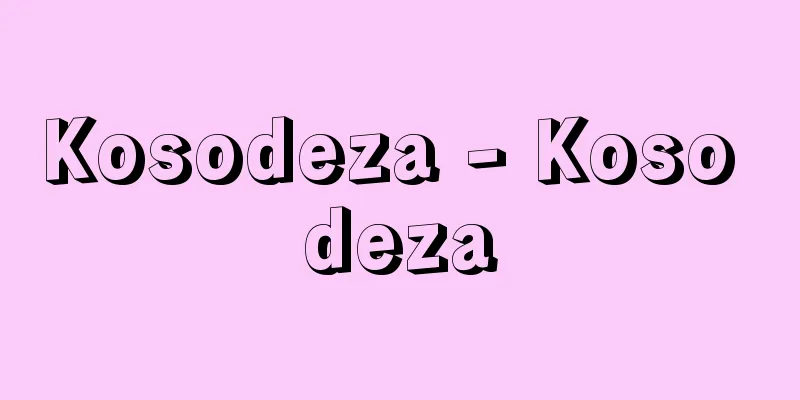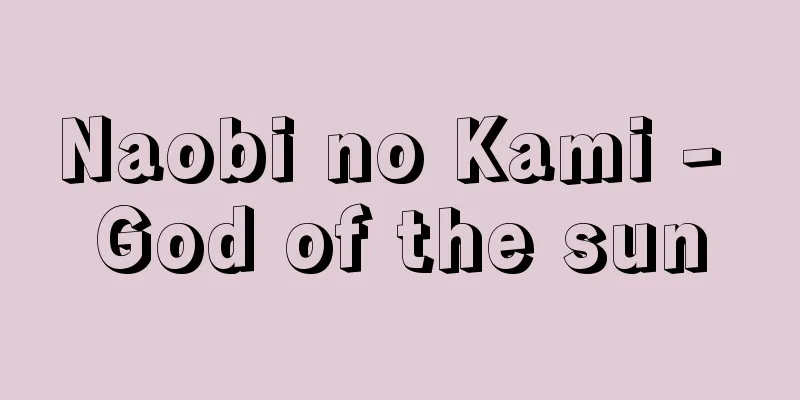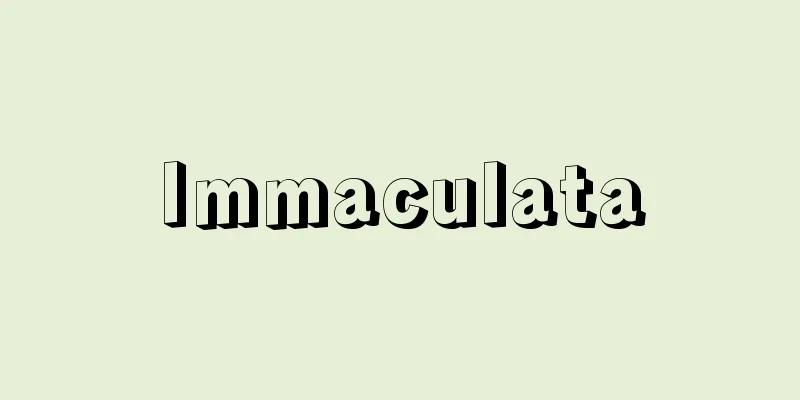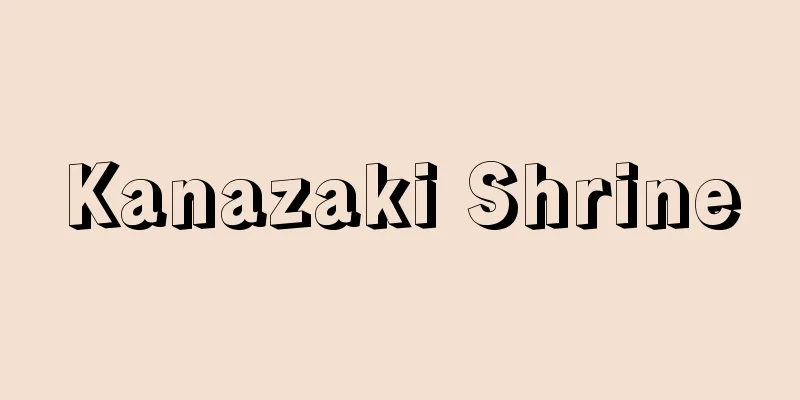Ox-plowing method

|
...In the 20th century, the Indus script inscribed on seals and pottery fragments discovered at ruins such as Harappa, excavated from 1920 to 1921, and Mohenjo Daro, excavated from 1922, remains undeciphered. All we know is that the impressions and inscriptions are consistent, that each seal contains an average of six characters, with a maximum of 17, and that the writing direction is from right to left, and is reversed when it spans two lines, a so-called "ox-plowing style." The number of characters varies depending on the researcher, with some saying it is 228, 253, 396, and so on, but it is said that the Indus script may have been in the transitional stage from word writing to syllabary writing. ... From the Greek alphabet… In ancient times, only capital letters were used, and lowercase letters were invented in the Middle Ages for the purpose of copying. In ancient times, the writing direction was from right to left, like Semitic characters, but sometimes a method of writing back and forth, called boustrophedon (bovine plowing), was used. Then, in the classical period, the writing direction was fixed from left to right, and the style of writing changed accordingly, and the direction became consistent. … From [Character]...Horizontal writing can be further divided into those written from left to right, such as Roman letters and Greek letters, and those written from right to left, such as Arabic and Hebrew letters. However, in ancient times, Greek letters were written in what is known as the "cultivation style" (or "boustrophedon"), in which the direction of each line alternates from right to left and left to right, and going back even further, they were written right to left. Whether one writes vertically or horizontally is nothing more than a social custom, and some characters, such as Chinese characters, kana, Hangeul, and ancient Egyptian characters, are commonly written both vertically and horizontally. *Some of the terminology that refers to the "ox plowing method" is listed below. Source | Heibonsha World Encyclopedia 2nd Edition | Information |
|
…20世紀に入り,1920年から21年にかけて発掘が行われたハラッパー,22年から始まったモヘンジョ・ダロなどの遺跡から発見された印章や陶片に刻まれているインダス文字は未解読のままである。 圧痕,刻銘が一定であり,一つの印章に刻まれている文字は平均6,多くて17文字,書字方向は右から左で,2行にわたるときは逆になる,いわゆる〈牛耕式〉であることなどがわかっているだけである。文字の数は,研究者によって,228,253,396などと異なるが,このことからインダス文字は単語文字から音節文字への移行の段階にあったのではないかといわれている。… 【ギリシア文字】より… 古代には大文字活字体のみで,小文字は中世以後に筆写などのためにくふうされた。またこれを書く方向は,古くはセム文字と同じく右から左であったが,ときにはブストロフェドンboustrophedon(牛耕式)とよばれる左右交互の往復の書き方が用いられている。そして古典期になって左から右という方向が固定し,それに伴って字体も変化し向きが一定した。… 【文字】より…横書きには,さらにローマ字,ギリシア文字などのように左から右へ横書きされるものと,アラビア文字やヘブライ文字などのように右から左へ横書きされるものとがある。しかし,ギリシア文字は古くは右から左へ,左から右へと各行交互に方向を変えるいわゆる〈耕作型〉(あるいは〈牛耕式boustrophedon〉)の書き方が行われたし,さらにさかのぼれば右から左に進む右横書きであった。縦書きか横書きかということも社会的習慣にほかならないのであり,漢字,かな,ハングルや古代エジプト文字のように縦横両様の書き方が普通に行われているものもある。… ※「牛耕式」について言及している用語解説の一部を掲載しています。 出典|株式会社平凡社世界大百科事典 第2版について | 情報 |
<<: Former Imperial House Law - Kyuukoushitsutenpan
Recommend
artificial petroleum
…It is also called artificial petroleum or synthe...
Tadaatsu Ishiguro
A bureaucratic leader known as the leading figure ...
Mine tub
A vehicle used to transport ores, rocks, etc. in ...
Unjust acquisition of res judicata - Unjust acquisition of res judicata
…It is a judgment issued by the court in a legal ...
Inia boliviensis (English spelling)
… [Toshio Kasuya]. … *Some of the terminology tha...
left atrium
…The right atrium is connected to the right ventr...
Sayyid Aḥmad Barēlwī
1786‐1831 He was a poor peasant from Rai Bareilly ...
Leo I - Leo
Pope of the Roman Empire (reigned 440-461). Known ...
Kagoshima Road
...In Shikoku, religious routes for the 88-temple...
Niibo [village] - Niibo
A village in Sado County, Niigata Prefecture, loca...
Common dolphin (common dolphin)
A mammal of the family Delphinidae in the suborder...
litter-feeder
…Soil animals are one of the life forms. Types of...
Jotaro Kawakami
Politician. Born in Tokyo on January 3, 1889. His...
Katsumitsu Hino
A nobleman in the mid-Muromachi period. Son of Hi...
Coining - hot stamping
… [Arata Kisugi] [Manufacturing of currency] Most...









![William [I] - William](/upload/images/67caf8bf63c43.webp)